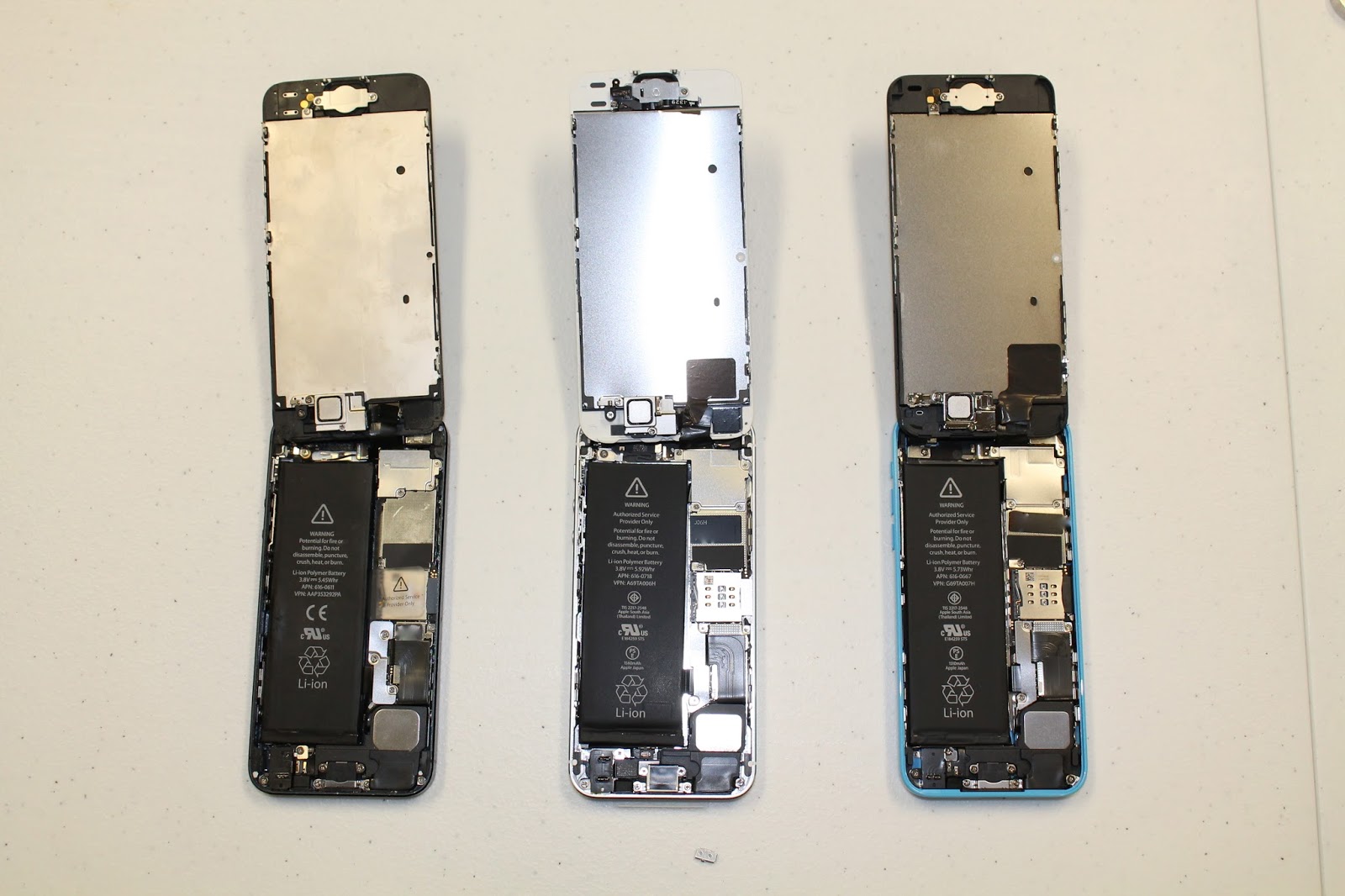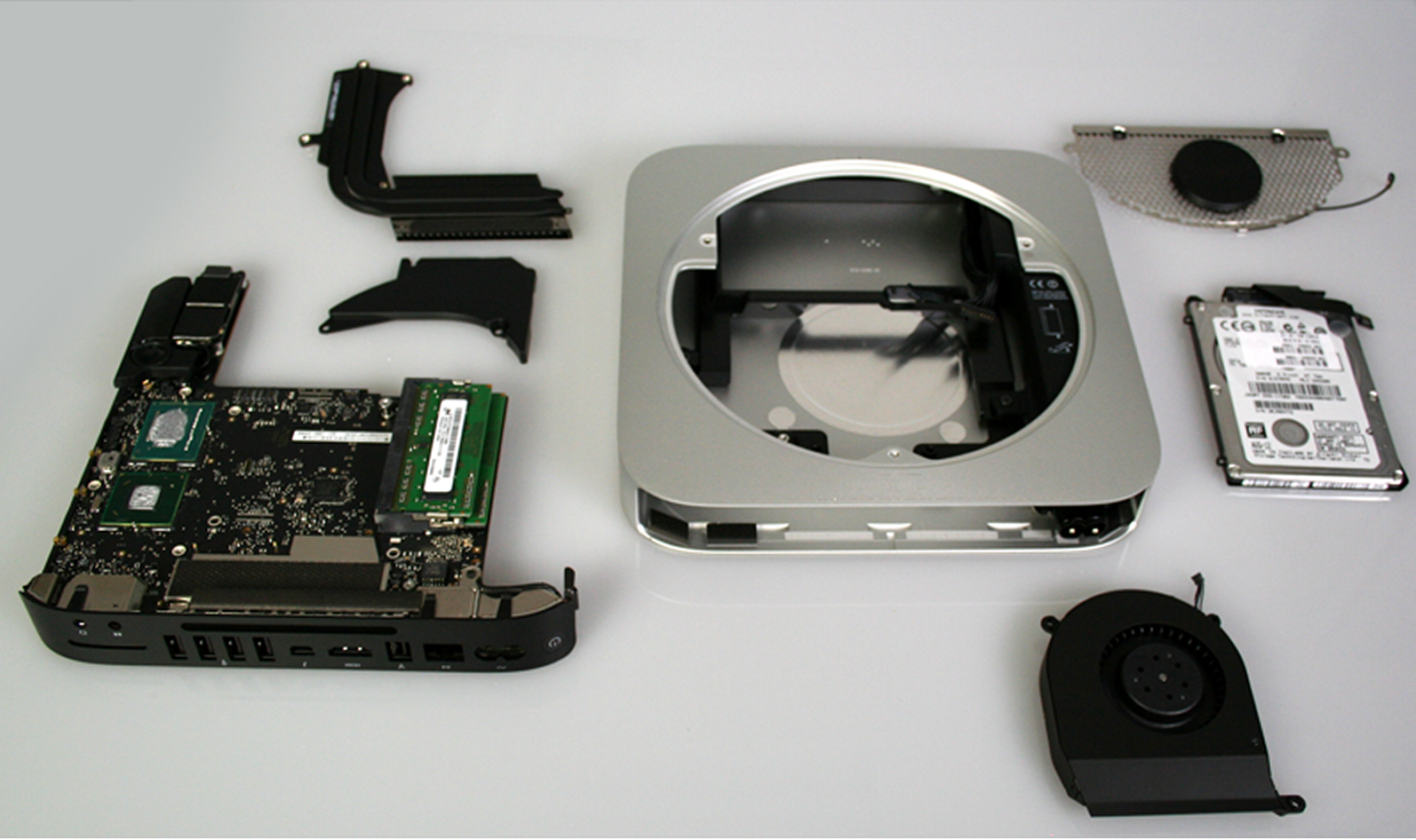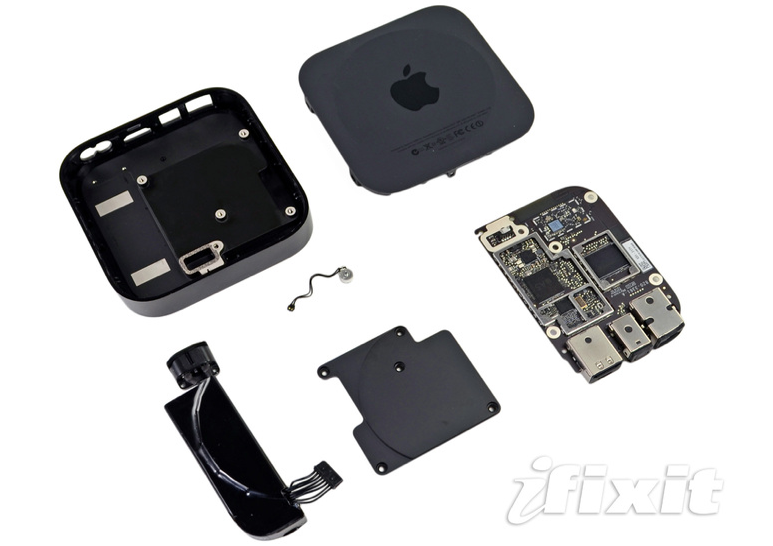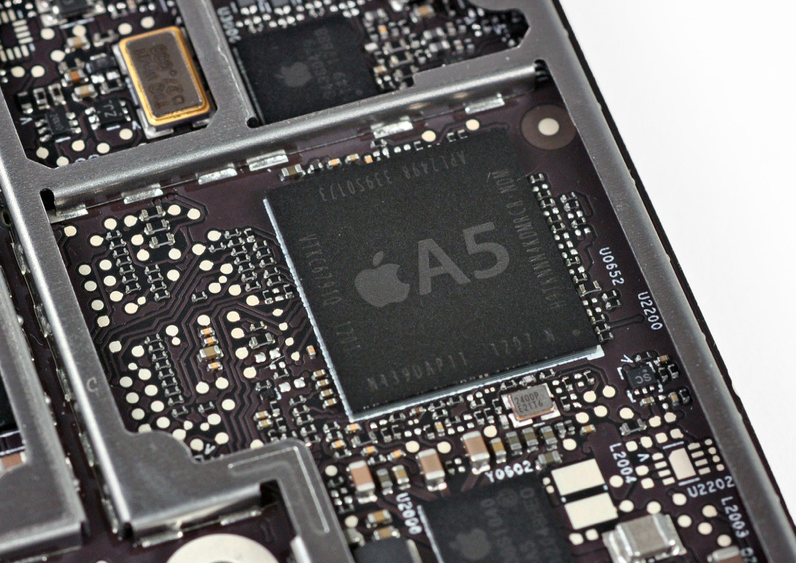iPhone 5s & 5c get first teardowns revealing fingerprint sensor assembly & new components


With Australia, alongside other countries in Asia included in the initial September 20 iPhone launch, the first to get their hands on the iPhone 5s and iPhone 5c, a repair company in the country has just posted the first teardown of the two new iPhones. The iExperts Team out of Australia has taken apart both devices, revealing new components but not yet giving us a look at what we expect will be a Samsung made A7 chip.
The first thing noticed in the teardown was a new connector for the TouchID fingerprint sensor assembly. Lining up with leaks leading up to the launch of the iPhones, it also found a 5.92Whr battery in the 5s (up from 5.45Whr in the iPhone 5), and a 5.73Whr battery in the iPhone 5c. Internal layouts for the two new iPhones also seem to line up with part leaks we seen in recent months. Interestingly, the site notes that the batteries are stamped with “Apple Japan.”
Many of the teardown shots below also include an iPhone 5 next to the 5s and 5c for comparison.
iExperts notes that Apple has fixed an issue from previous generation devices by adding an extra coating to switches “that should help hold them together to prevent the failures prevalent in the other models.”
We don’t learn much more from the teardown, which is likely still in progress as the site analyzes new internal components, but we’ll be learning a lot more as others pry into their new iPhones in the hours ahead. The teardown also gives us a good look at Apple’s new home button/fingerprint assembly:
Expand
Expanding
Close





